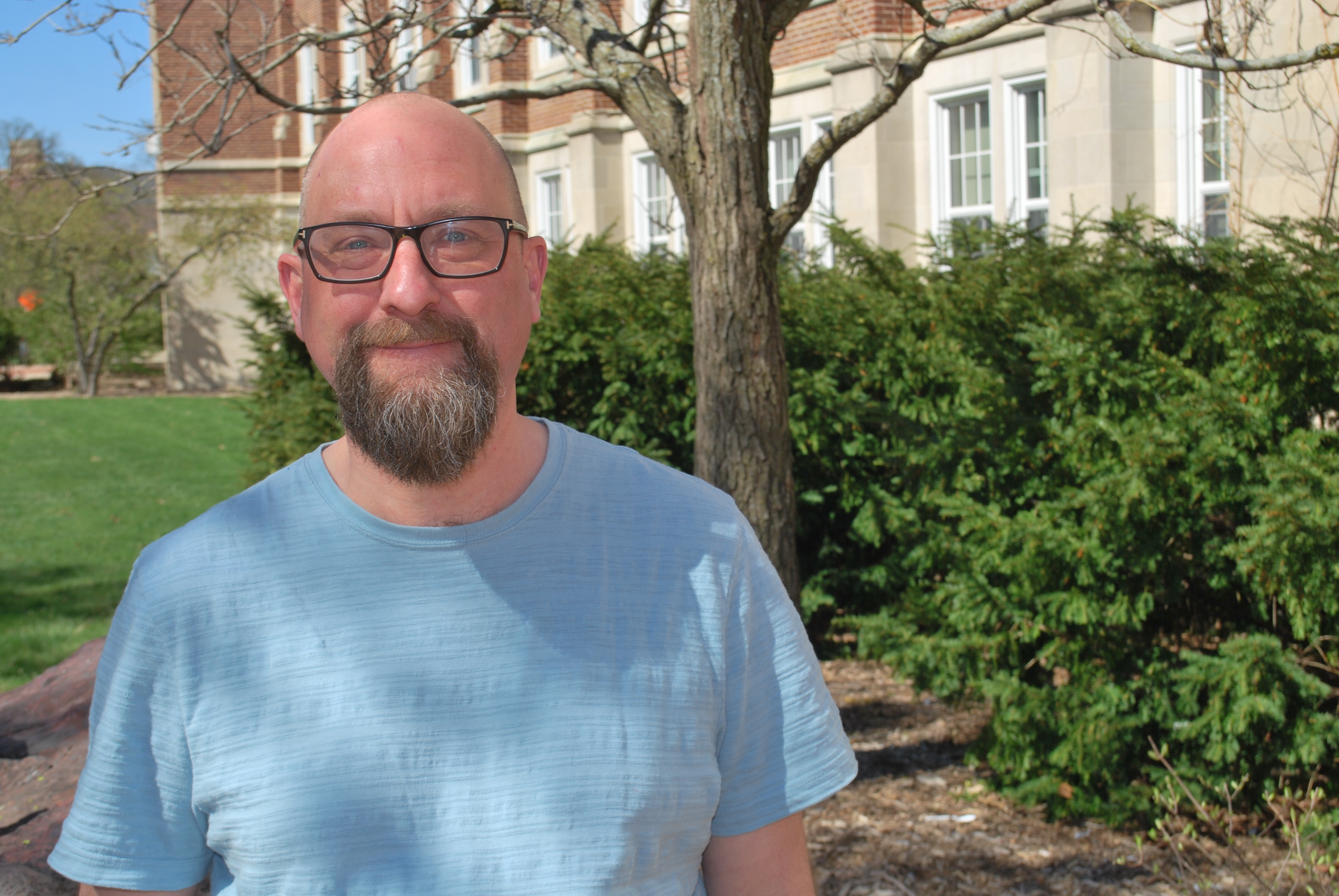
Matthew Schrenk, Associate Professor, Departments of Earth and Environmental Sciences; Microbiology, Genetics and Immunology

Matthew Schrenk, Ph.D.
As a geomicrobiologist, Matthew Schrenk divides his time between microbiology and earth and environmental sciences. He uses DNA sequencing to study microbes that live in Michigan groundwater and surface water. While he approaches microbes from a basic science perspective, he knows his work is also complementary to engineering, infrastructure, public health, and a wealth of other disciplines.
Here's how he answered a few questions from the Water Alliance.
What interested you in this particular hub?
In my work, a lot of the sampling we’ve done lately has been in rural areas. We go to private water wells, interact with homeowners and learn about their interests and their concerns about water. A lot of people in rural areas are on septic systems, and we’re looking at their upkeep and how health departments and local agencies play a role in keeping people safe. We’re not necessarily focused solely on rural issues. I think that many of us are interested in farming and rural areas, and the water challenges there.
How do we ensure the Water Alliance doesn’t just talk about problems, but does something about them?
I’m hopeful we can make some efforts to do something unique here, and to do something bigger than what we could do individually. That’s going to require persistence leadership, and continued engagement. I also think that from the beginning, we need to be transparent and inclusive for the broader community. We need to present ideas but also solicit and integrate feedback from the community.
What problems/issues do you envision the hub taking on?
In our initial discussions, we’ve talked about the unique opportunities we have here at MSU being in mid-Michigan, and the possibility of working on Great Lakes-related issues. We may also explore rural water supply issues, and the challenges that rural water has in relationship to agriculture and climate change. The third area we’ve discussed is the intersection of energy and water, whether that might be the Great Lakes Bioenergy Research Center or the oil and gas industry in Michigan, and how those intersect with the water supply.
Because we’re so diverse in our hub, we can look at these problems from different perspectives. We have economists thinking about this in terms of how money drives decision-making in the industries. We have water quality scientists doing chemistry and biology. A couple of engineers are looking at sensors, scales, and mitigation solutions. Whatever project we’re going to do will involve those different facets in a unique way.
How do you think an interdisciplinary group is better equipped to approach these challenges than taking a siloed approach?
I think you don’t realize the complexities of an issue unless you’re working with different people. I’ve experienced that myself as we go to sample people’s homes for drinking water. We talk with them about what we’re doing and we explain why it’s important. We give them the data, but they wouldn’t know how to interpret it unless we gave them a little background on what’s going on. I’ve learned from those conversations that people are concerned for their health, but also their pocketbooks. I think from a team perspective, there’s nothing like having a group of people thinking and talking together while solving a problem, often at the well-head or in a stream.
Why do you think MSU is uniquely positioned to create solutions?
Because we’re in the Lansing area, we’re close to a lot of state and federal agencies, like EGLE (Environment, Great Lakes, and Energy), U.S. Geological Survey, and state government. We can interact effectively with policymakers as well as organizations that provide information and support for communities. We’re also a land grant university with a heavy investment in agricultural sciences for many years and many experts here in that field. We also have water scientists in many different areas, from engineering to environmental policy, and everything in between, in both social and physical sciences.
What are some of your ideas for potential hub projects?
One idea is to find some pilot-scale projects to show off how we can work in a new, interdisciplinary way on water science. A parallel idea is to host workshops to engage stakeholders, such as community leaders and state government agencies, related to specific problems. We’ve also discussed doing a few case studies in strategic locations to look at how water quality changes from inland Michigan, where most of the water comes from groundwater, to urban areas near the Great Lakes, where issues like water infrastructure and harmful algal blooms play a greater role.
One year from now, what do you hope your hub has accomplished?
I hope we can get some pilot-scale projects off the ground and get ourselves organized enough to refine ideas and develop data or methods for approaching these problems. Ultimately, the idea is to secure federal or large-scale funding that would allow us to scale up and pursue the unique problems we identify consistently over a number of years. Secondly, our goal is to host at least one or more workshops related to these topics. Thirdly, I’d like to see continued engagement. We need to look at how we maintain this level of vigorous engagement across and beyond MSU over time.